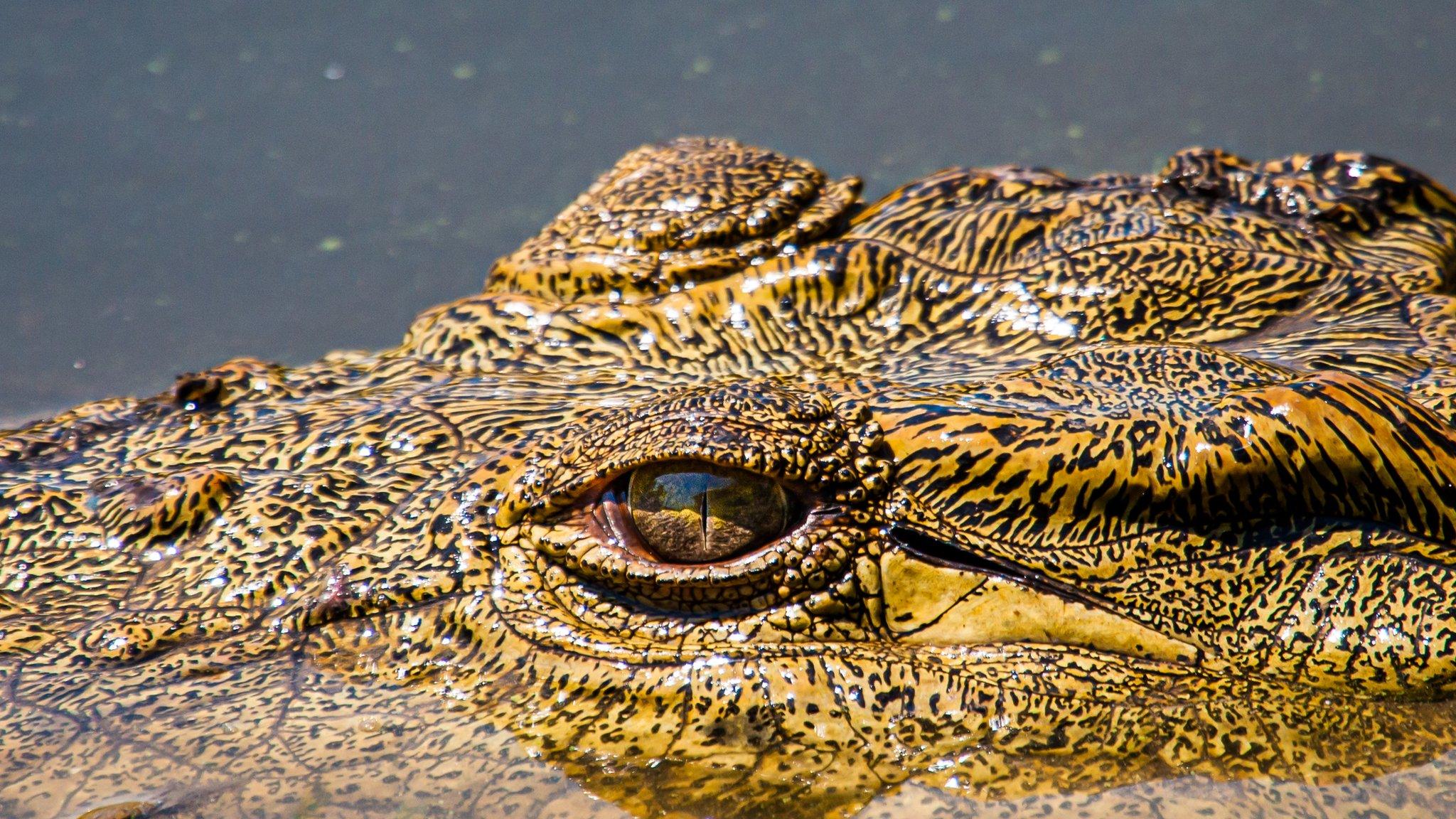Experts hope a 'walking fish' can help explain how we evolved
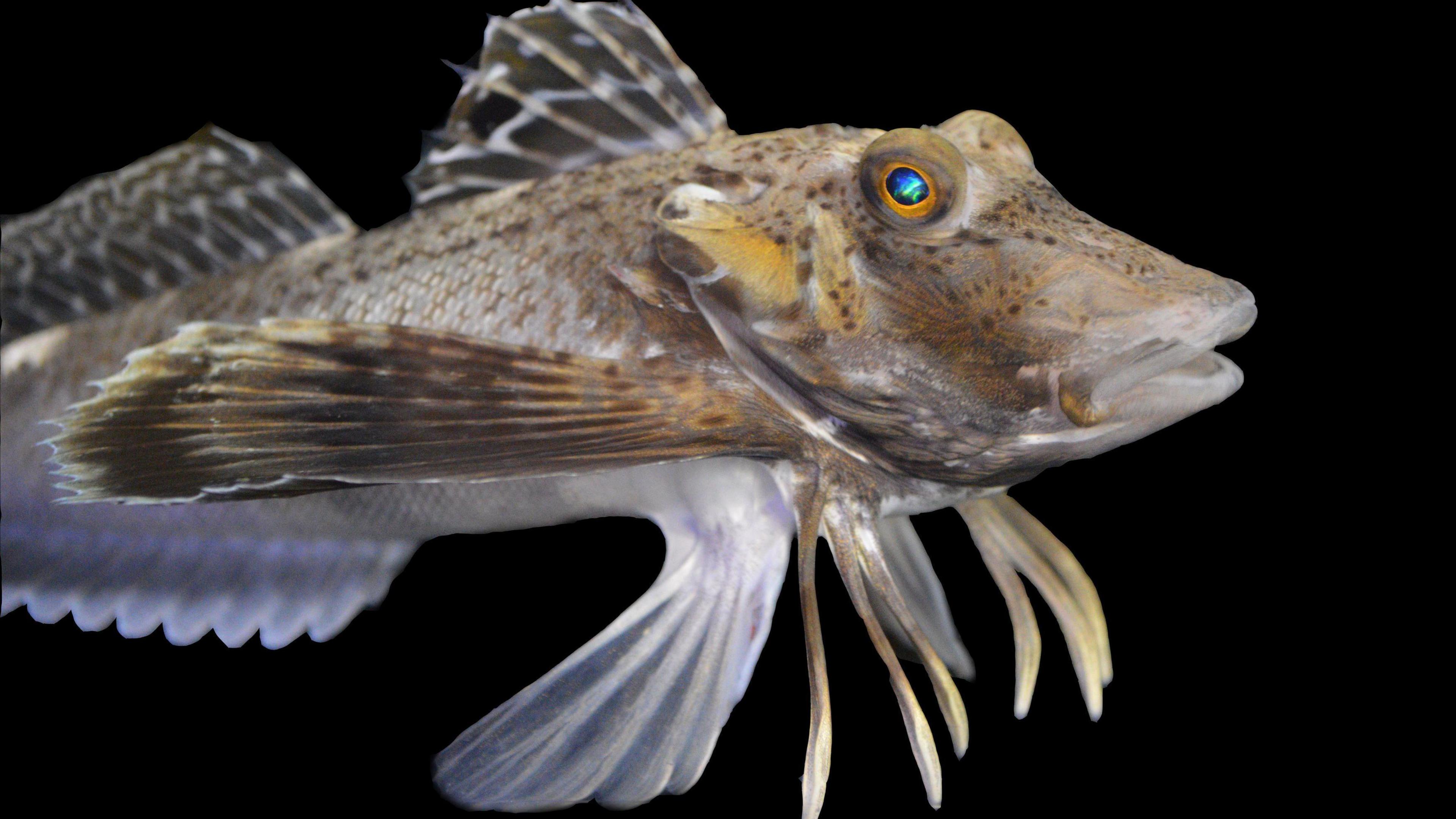
- Published
When you think about human evolution, you probably think about how we evolved from apes.
Well, did you know it's thought that all life on Earth actually started in the sea.
About 400 million years ago fish began to go on to the land and eventually changed into tetrapods - animals with four limbs.
Now scientists are studying a "weird" species of fish, the sea robin, to see if it could help us understand how we evolved to stand upright.
More on evolution
Who was Charles Darwin?
- Published11 February 2022
166 million-year-old lizard fossil found in Scotland
- Published31 October 2022
Did you know there's an archive of ancient human brains?
- Published20 March 2024
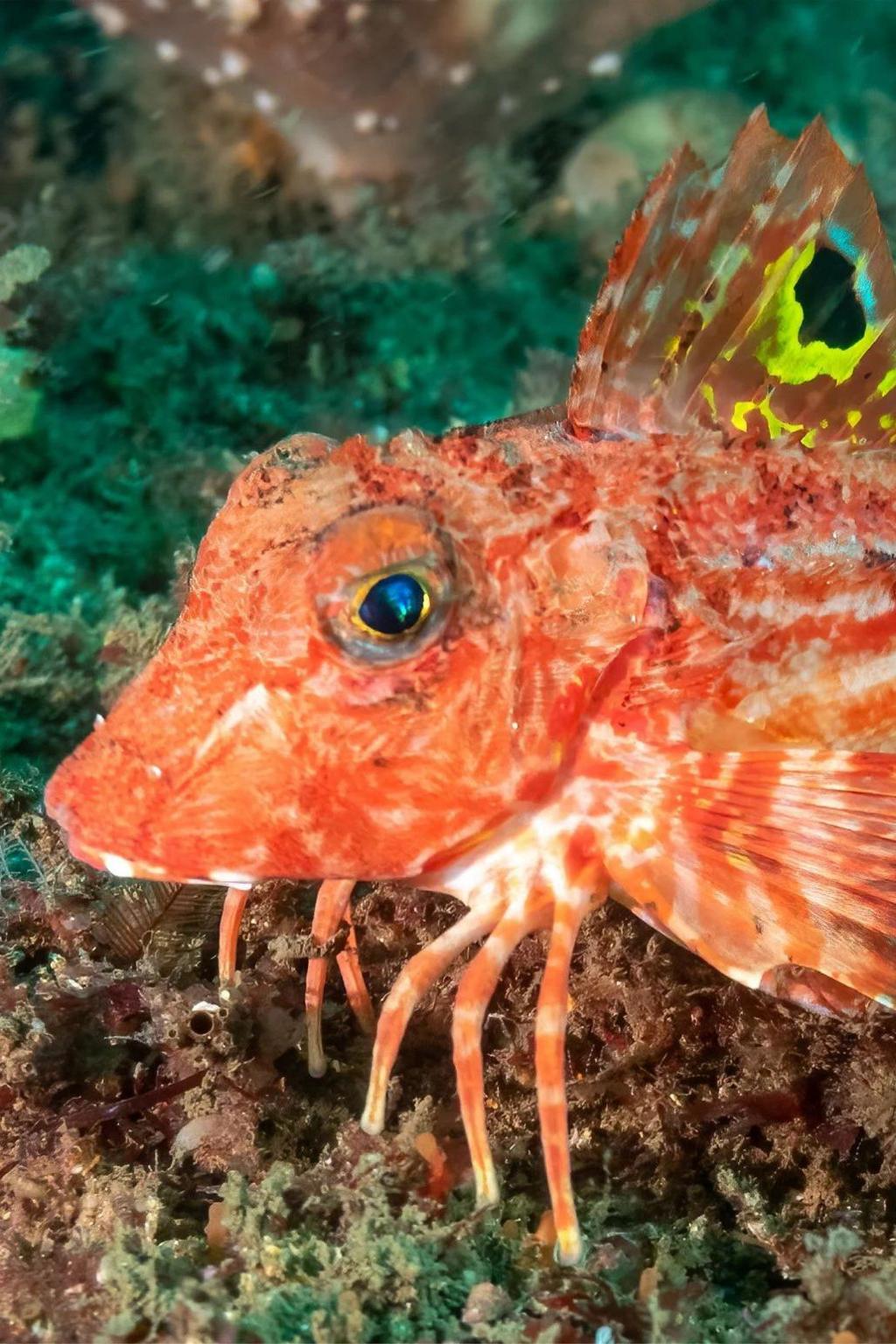
The sea robin has six leg-like structures which it uses to move along the sea floor
The sea robin is a bony fish that lives at the bottom of Earth's tropical seas, feeding on worms and crustaceans.
It uses its six legs to move across the sea floor and sometimes dig for prey.
There's even a species of this fish that uses its legs to taste prey, hidden in the sea floor.
Researchers say these legs are actually an extension of its fins on each side but they're grown using the same genes that play a role in the development of human arms and legs.
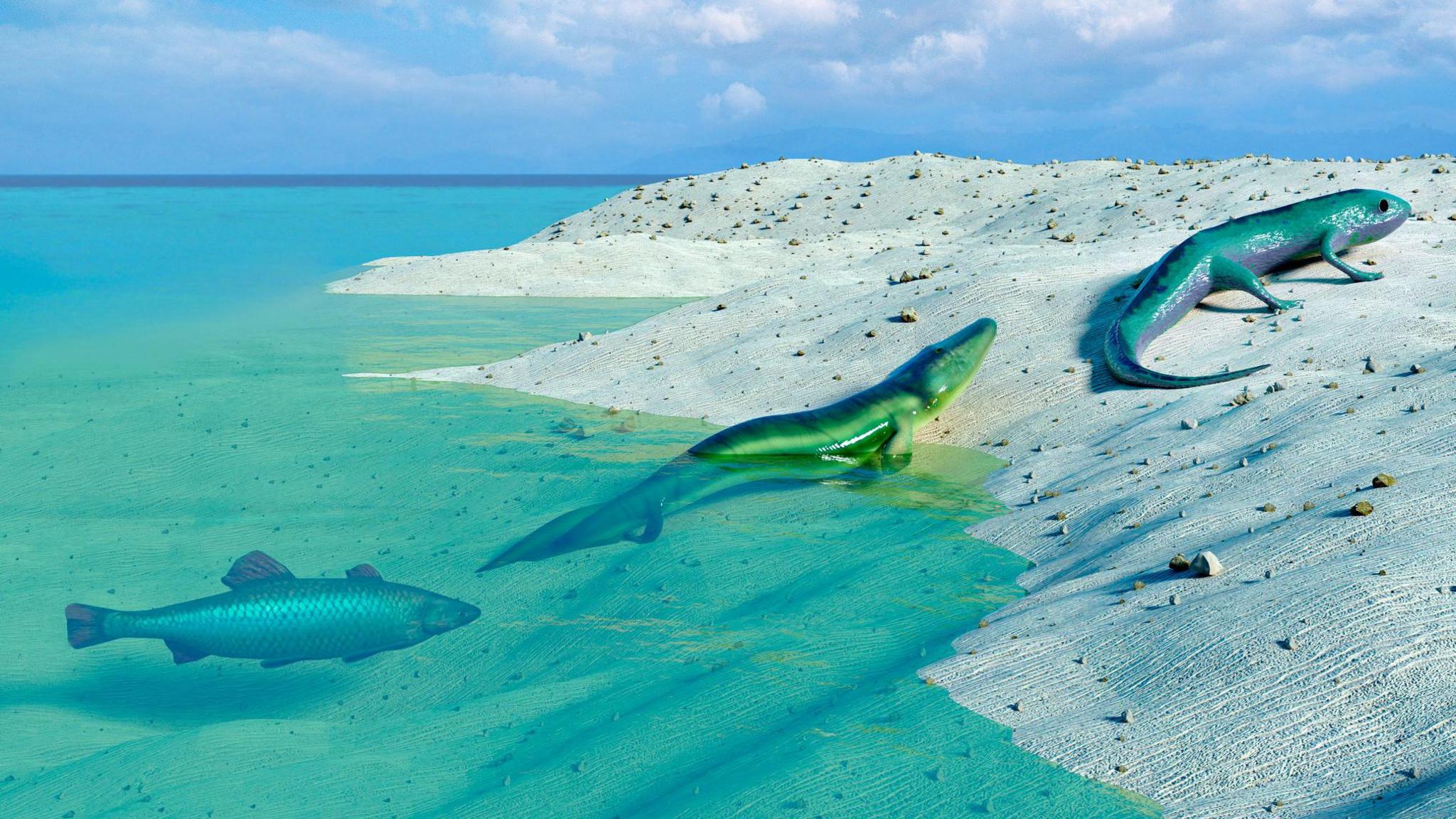
The earliest tetrapods were thought to have evolved from the ocean 400 million years ago
David Kingsley worked on the project. He's a professor at Stanford University in the US and said:
"Land animals evolved from fish ancestors, so some kind of relationship between human limbs and fish fins is not a surprise.
"However we were delighted to see that the gene that makes some parts of the fins develop in a new way in sea robins, is also a gene that controls some bones in humans."
Nicholas Bellono, an associate professor at Harvard who also worked on the research, said:
"This is a fish that grew legs using the same genes that contribute to the development of our limbs and then repurposed these legs to find prey using the same genes our tongues use to taste food - pretty wild."
More stories like this
- Published18 October 2023
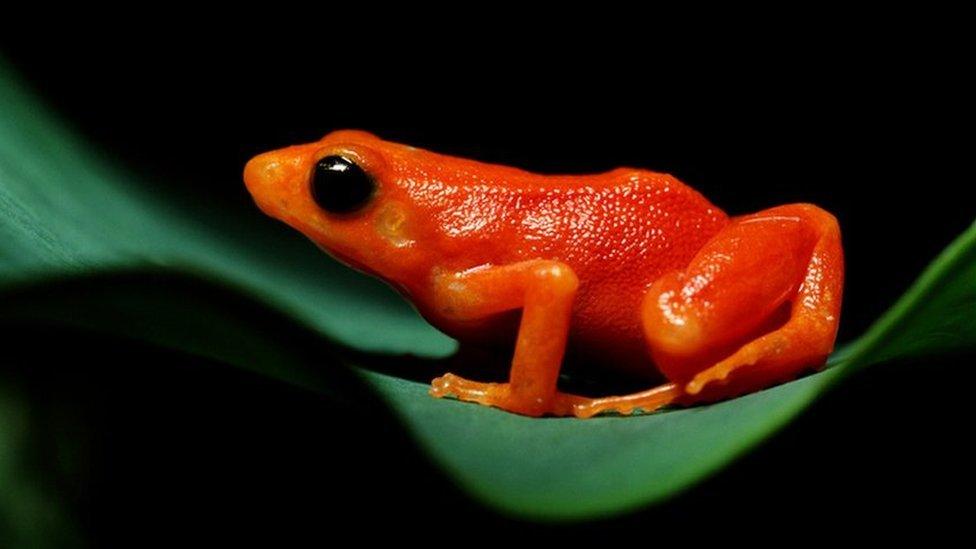
- Published29 April 2023
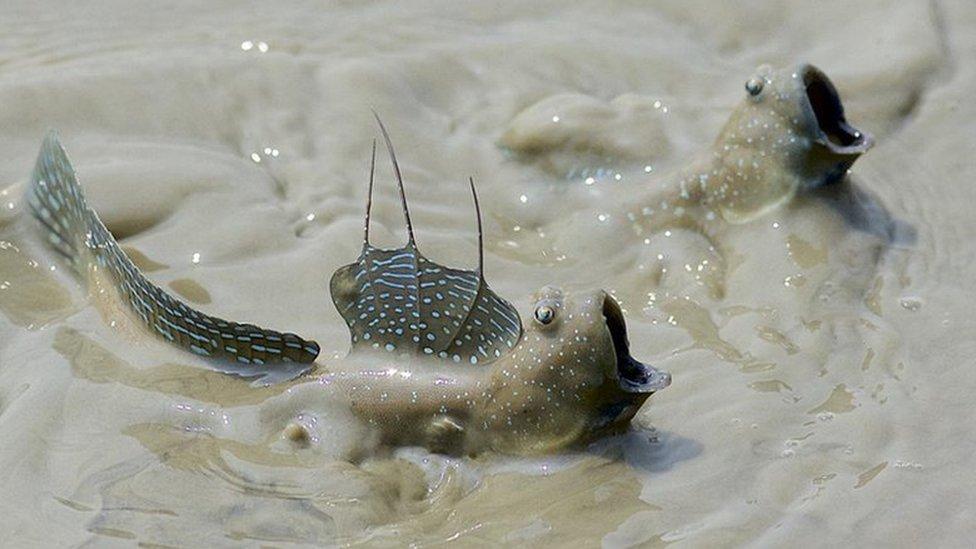
- Published25 March 2021
